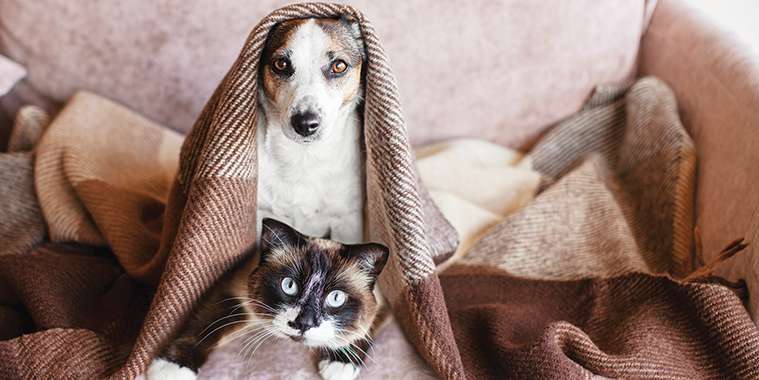Is it really the end of summer? That was fast! With the first official day of fall this Saturday (September 23), yes, it’s time to think about switching off the air conditioning unit and turning on the furnace.
When was the last time your natural gas furnace was cleaned and inspected? With cooler weather upon us, make sure your natural gas furnace and appliances have been cleaned and inspected by a licensed heating contractor to prevent any unwelcome surprises this fall and winter.
If your furnace isn’t working properly, warning signs may include:
• A pilot light going out repeatedly.
• A loud bang when your furnace turns on, or it doesn’t turn on at all. If this happens, turn down your thermostat and call Manitoba Hydro.
• Too much or too little heat.
• Excessive soot or corrosion on the appliance or vent (white, brown or black streaks).
• Signs that the flame has extended out of the furnace, like scorch marks by the door or other opening.
• A “rotten egg” smell, or a sharp odour that makes your eyes sting. If an odour is present, do not use your phone, light switches, appliances, or operate any source of ignition. Evacuate your home immediately and call 911 or Manitoba Hydro at 1-888-MB-HYDRO from a safe location outside of the home. Do not remain indoors.
• A yellow or wavering flame — it should be blue. A yellow flame may be a sign of carbon monoxide (CO). Symptoms of CO poisoning may include nausea, headache and fatigue or other flu-like symptoms. If carbon monoxide poisoning is suspected, call 911 and get everyone to fresh air.
Has your pilot light gone out? Most natural gas appliances with a pilot light are designed to shut off automatically if the pilot goes out. For your safety, call Manitoba Hydro at 204-480-5900 or 1-888-MBHYDRO to relight the pilot.
Visit hydro.mb.ca/safety for more information.
While we’re on the topic of furnace safety, did you know that most illnesses and deaths from carbon monoxide (CO) poisoning occur in the home when people are sleeping? Take precautions to prevent this ‘silent killer.’
What causes CO? CO is an odourless, poisonous gas produced by the incomplete combustion of propane, gasoline, natural gas, wood, charcoal or heating oils. Because your furnace, water heater, gas range, dryer, fireplace or wood stove can be sources of CO, it’s important to have your appliances checked annually by a licensed gas contractor. Never operate a propane heater, barbecue, generator, or any other gas-powered engine inside your home, garage or shed. And always back your car out of the garage to let it warm up.
Even in warmer months, CO poisoning can occur if you’re not careful.
The best way to alert you and your family to CO is to install a CO alarm near sleeping areas and on each level of your home. It works like a smoke alarm — if CO is detected, the alarm will sound to warn you before toxic levels are reached. If the alarm sounds, evacuate your home immediately and leave the door open as you exit. Call Manitoba Hydro at 1-888-624-9376 (1-888-MB-HYDRO) for an emergency inspection. If anyone feels sick, call 911 for medical attention.
Do not ignore an alarm if it sounds! The longer you’re exposed to CO, the more dangerous it becomes. If you or any other occupants in your home have flu-like symptoms such as nausea, headache or dizziness, it could be CO poisoning. The difference is that CO poisoning will not cause a fever.
To make sure your CO alarm is working properly, test it regularly following the manufacturer’s instructions. Also check the expiration date and be familiar with its beep patterns. A chirping sound may mean the batteries, or the alarm, should be replaced.
Visit hydro.mb.ca/cosafety for more information.


